5 Ways to Market Your Elearning Business With Email Marketing
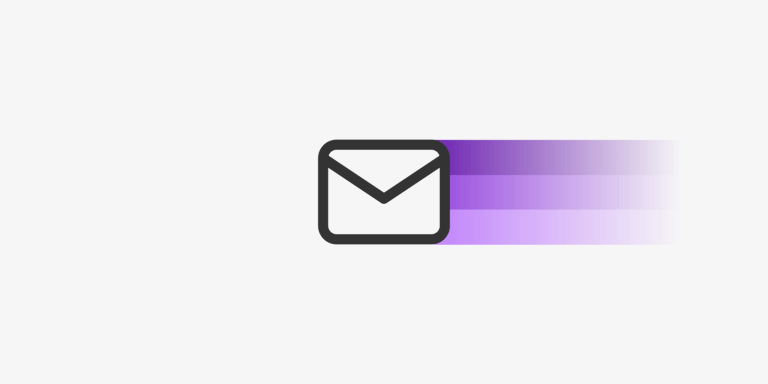
Table of Contents
There are many emails coming and going in every person’s inbox every single day, with Statista’s report stating that the number will surpass 376.4 billion emails in 2025:
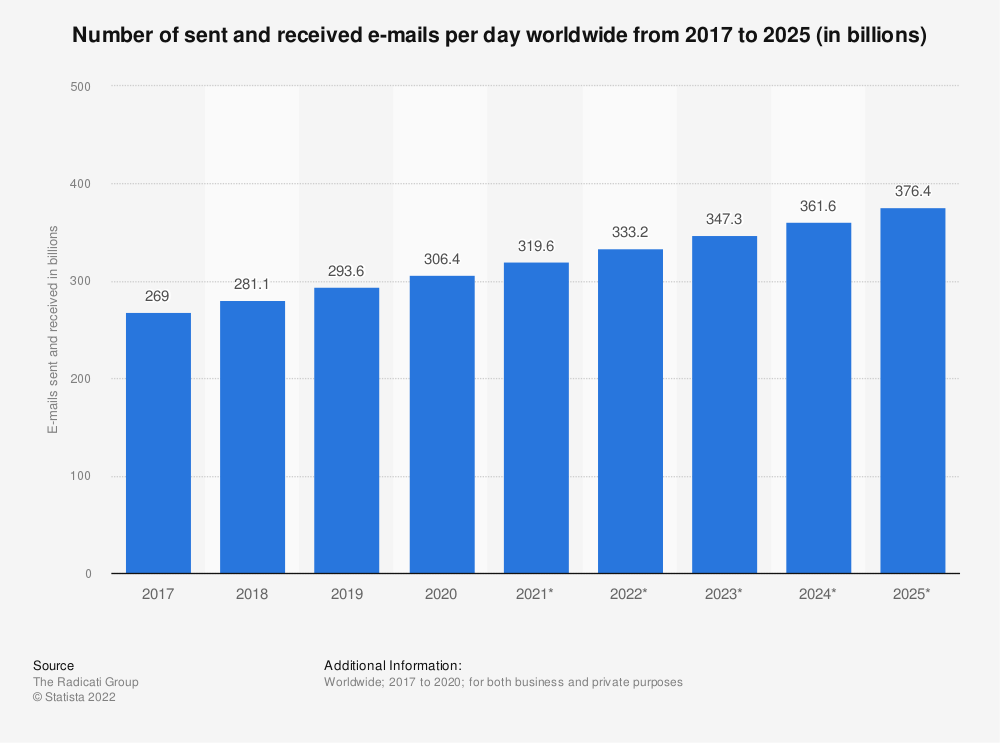
And while every email marketing campaign serves a different purpose in your digital marketing strategy, some marketers in the digital marketing field still don’t give it the attention it deserves. Now, while social media like LinkedIn are great platforms to lure learners, the fact is that they’re influenced by algorithms marketers can only tweak.
On the other hand, email marketing offers great potential to marketers when the objective is to sell online courses and market new ideas in lucrative ways. Every email marketing campaign has its own objective, and eLearning professionals can use email marketing in a fruitful way that catches attention.
But how can they do that?
The secret lies in investing in email platforms that offer great engagement and optimization opportunities that go beyond numbers and straight into a prospect’s inbox. Let’s see how you can achieve that for your eLearning course.
Table of contents
- 1Email Marketing for the eLearning Industry: Is It a Good Fit?
- 2Create an Email List for Your eLearning Business
- 3Segment and Personalize Your Email Campaigns
- 4The eLearning Industry Email Campaign Must-Haves
- 5How Can You Deliver the Right Message?
- 6Email Benchmarks for eLearning Industries and Course Creators
Email Marketing for the eLearning Industry: Is It a Good Fit?
Email marketing is a fantastic way to promote and sell your online courses. So long as it’s used wisely, it’s cost-effective and can produce a quite lucrative ROI:
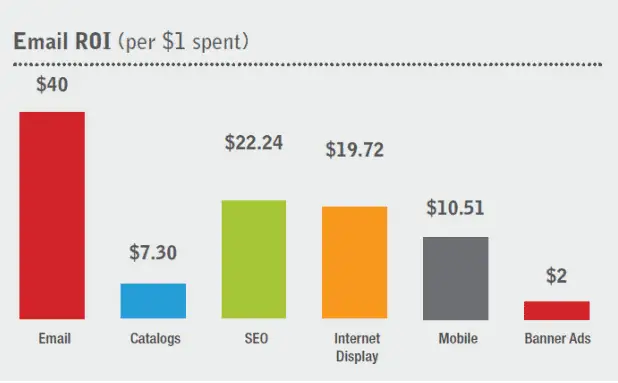
As mentioned before, email marketing has the ability to reach a wide number of subscribers in your email list in a way that most digital marketing platforms can’t. That is because, when done right, email marketing campaigns are segmented, targeted, and tailor-made for each recipient.
Segmented and highly personalized email content can go beyond a simple “Hello, [First Name]”.
Segmentation will show you which parts of your email list are interested in a specific online course; the use of custom fields and triggers can show recipients just the right thing at the right time; subject line checkers can boost your open rates, and responsive email templates will have your audience hooked.
After all, among the most sought-after features of various email marketing platforms like Mailchimp, SendInBlue, or SendInBlue alternatives are the following:
Of course, tailoring your emails to each subscriber won’t do you any favors if you don’t utilize email triggers and streamline the emailing process. And this is where automation comes into the picture. Using email marketing and an email automation tool allows you to save time and resources by automating the whole process; a welcome email will welcome new subscribers, while an email with a special offer will lure your faithful repeaters.
Lastly, email marketing is measurable. You won’t go wrong with email marketing, as there is nothing to go amiss. Your email marketing metrics, like open rates, click-through rates, and conversion rates are fully traceable when using the right tool. This data can help you refine your email marketing strategy and improve your results over time.
Of course, creating the best email the eLearning industry has seen won’t work on its own. You need a loyal customer base that you’ll be willing to nurture and lead further down the course sales funnel. So, let’s see how you can do that.
Create an Email List for Your eLearning Business
This is the first step you should take before creating your first email marketing campaign for your online course. An email list with verified and interested subscribers is nothing short of golden.
Your first step should be to understand your target audience and its preferences. This will help you use the lead generation tools and pick out the perfect lead magnet (e.g. a free course) for them. For this step, studying your data and looking at the users who frequent your social media profiles would make sense. Study their behavior and understand the traits of the ideal customer.
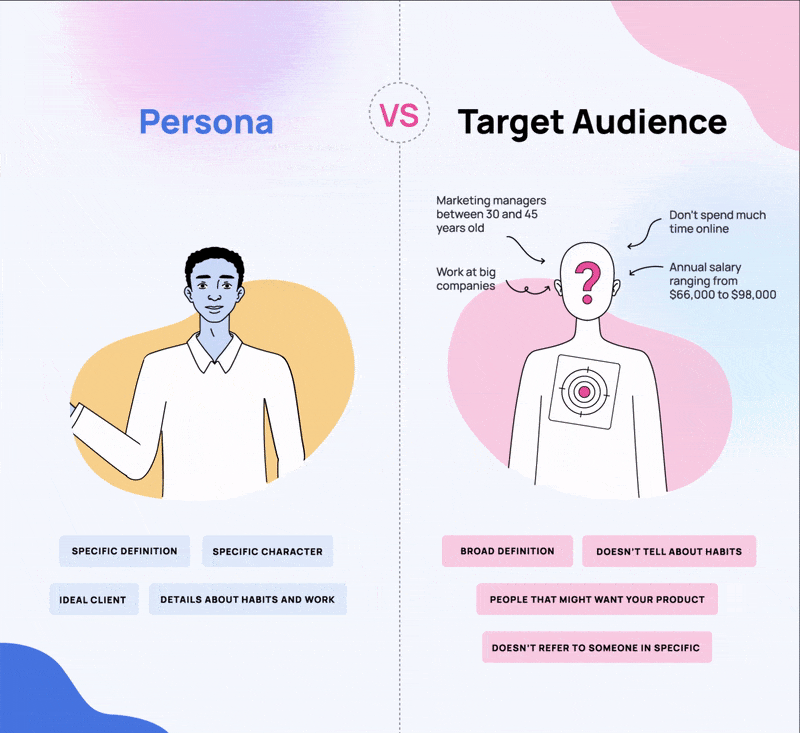
After doing that, start creating your buyer persona. They can be as specific as you want them to be. Doing so will help you understand the incentives you can offer as lead magnets to attract more prospects. A lead magnet could be anything, so long as it adds extra value to what your eLearning business offers organically. Opt for an ebook, a webinar, or a mini-course in exchange for their email address. This will attract people genuinely interested in your content and increase their chances of engaging with your emails.
After that, decide on your lead-gen tool. It could be a landing page, a popup form, or a content upgrade in your blog post. Like so:

As you can see, there is an actionable verb and a CTA that makes sense to the user. What is more, the copy provides all the value the user needs. “Ultimate bundle”, the exact upgrade the user gets, and the ”Download” button that showcases what the next action is.
Just make sure your landing page or subscription form is visible and easy to fill out and clearly explains what subscribers can expect from your emails.
If your eLearning industry frequents social media platforms, use them as a marketing channel to bring more people to your email list. Run a viral contest or a social media campaign that will lead users to a dedicated landing page where they can sign up. Be clear about your email campaigns and what they will entail, like so:
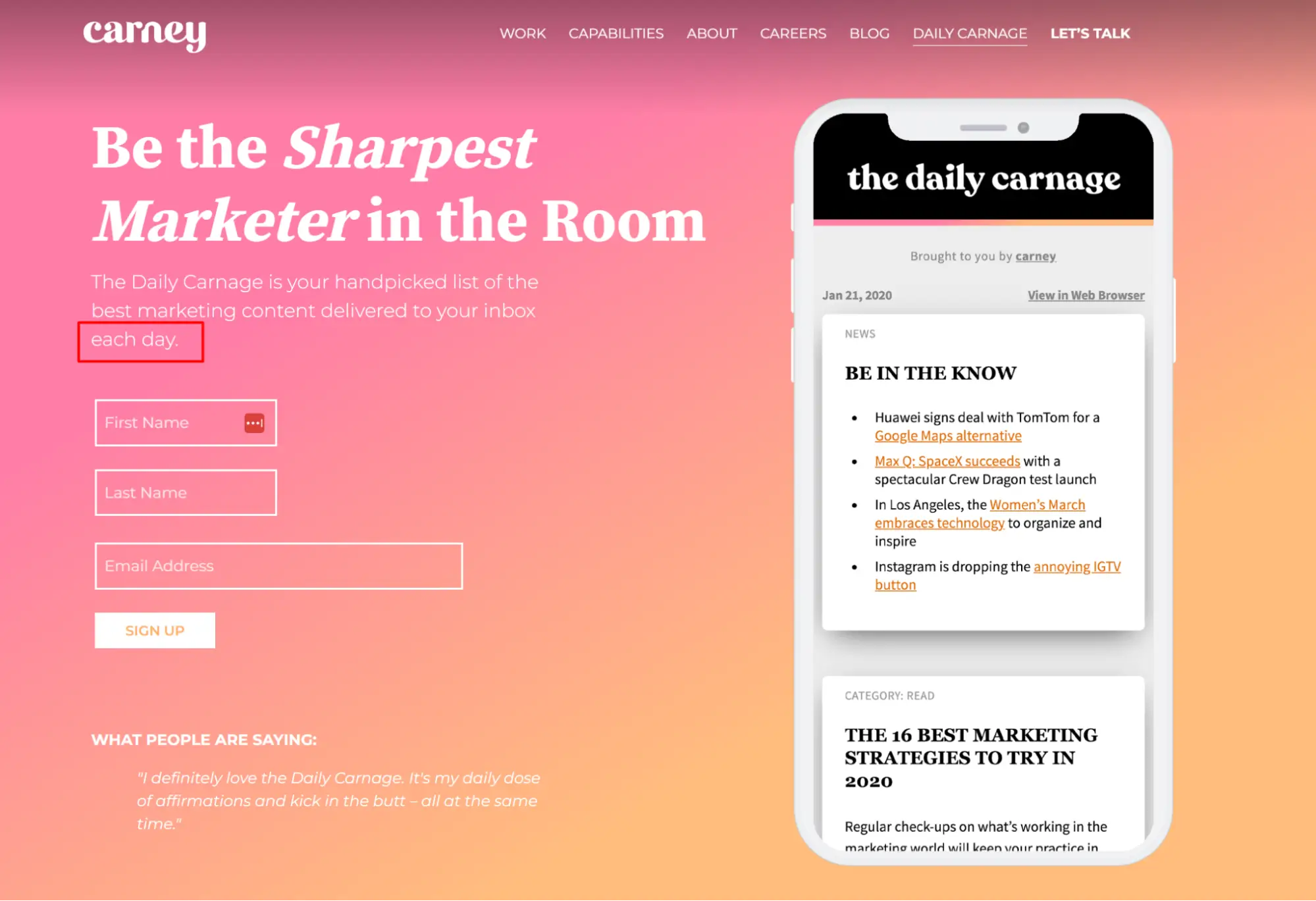
Finally, create a referral program and use a little incentive. If your eLearning business has fans who trust your course creators, you can reach a wider chunk of your audience simply by having users suggest your programs to their peers. This will attract more users with shared interests.
Offer something for them to suggest your eLearning business to their peers, like a discount or a tailor-made course that meets their needs. That way, your existing users will feel valued and will know they can contribute to your business.
Finally, maintain your email list by regularly cleaning and pruning it. Just creating an email list won’t be enough. Remove inactive subscribers occasionally and pay attention to those who have unsubscribed. This will ensure that your emails are delivered to those interested in your content and increase your engagement rates.
Segment and Personalize Your Email Campaigns
Segmentation and personalization are crucial to any successful email marketing campaign, especially in the eLearning industry. With the plethora of online courses and eLearning programs, you want to use the most effective email marketing practices to help you stand out and promote your industry.
There’s a plethora of email marketing tools that can help you segment your email subscribers and personalize your emails to a tee. And in 2023, these two practices are fundamental to any successful email marketing campaign. Here’s why:
Segmentation Increases Relevance
Segmentation leads marketers to a deeper understanding of their email subscribers. And this, in turn, helps them create tailor-made email campaigns that look and feel like creating an open dialogue with a friend. You can segment with any data you want, whether they’re demographic or psychographic data:
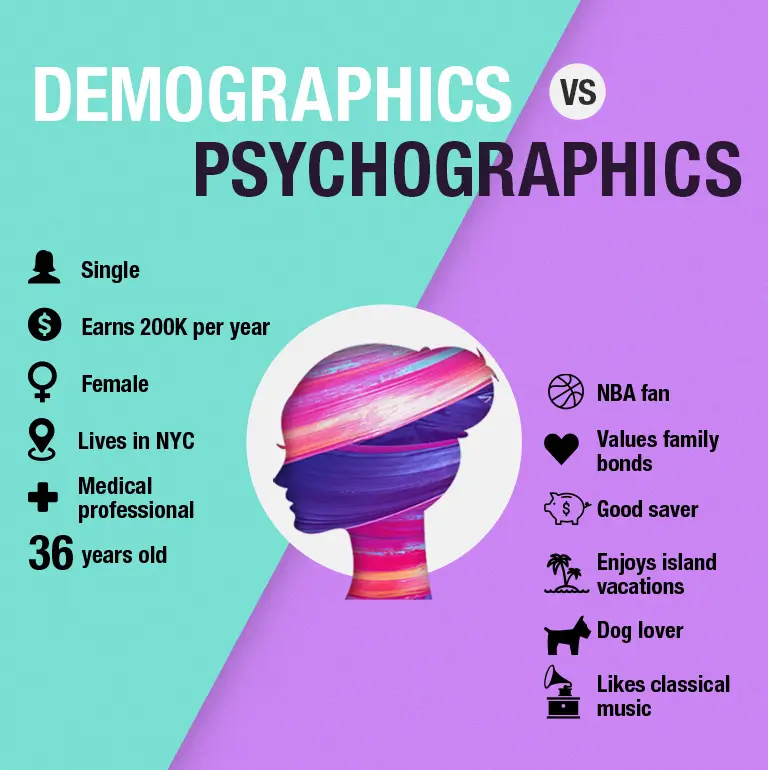
Creating micro-segments and using content that corresponds on a one-on-one level with the recipient increases customer engagement and the likelihood of the recipient acting upon your CTA. This, in turn, can boost all the KPIs you’re tracking.
Personalization Leads to Higher Open Rates and Revenue
Personalized emails start with the perfect personalized subject line. Like so:

This is an eCommerce example, but eLearning industries can also use it. In my case, it had been a while since I’d purchased lipstick, and I was pleasantly surprised to see the reminder in my inbox. The brand created a triggered email campaign based on my past actions and recommended something I’d probably like. This scored a higher open rate, as it was specifically tailored to my case.
Creating a tailor-made, personalized email won’t just help you get more people to enroll. It will also improve engagement, as it shows how you care about your audience’s needs and preferences. This creates a sense of connection and increases engagement with your content and brand.
It also makes your brand seem more trustworthy and improves customer retention. eLearning students and future prospects will be all about following your call to action when they feel valued and not pressured into using your eLearning services.
Segmented, personalized, and triggered email campaigns can boost the right email message and show it to the right people, increase conversion rates, and generate more revenue. These email campaigns feel organic and authentic – like a continuation of the user’s action.
The eLearning Industry Email Campaign Must-Haves
Understanding the email campaigns your eLearning industry needs is an integral part of your email marketing strategy. And online course creators surely know that they need to build a loyal customer base and not just sell courses. After all, eLearning is all about education, and education is definitely not based on one-off purchases.
eLearning businesses can benefit from pretty much all the core email marketing campaigns. Of course, to know exactly which campaigns suit your efforts, you’ll need to use a CRM tool to study your audience, and use A/B testing to make sure your efforts won’t go amiss.
But let’s see what the main email marketing campaigns your eLearning business will need are.
Your Welcome Emails
Welcome emails are an integral part of every business. The users almost seem to expect them, as they sport one of the most impressive open rates of all email campaigns:
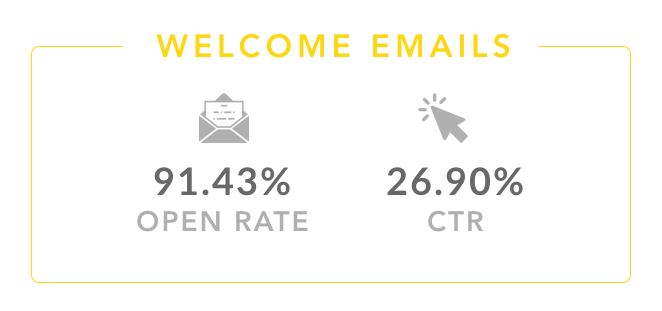
Using welcome emails is one of email marketing’s best practices. An eLearning welcome email is the first message that a new subscriber receives after they sign up for your eLearning course or service. It’s an opportunity to make a positive first impression, introduce yourself and your brand, and set expectations for what subscribers can expect from your emails and eLearning services.
Start your welcome email with a friendly and personalized greeting that welcomes the new subscriber to your community. Introduce yourself or your company and explain what your unique value is, what your pricing may be, and the courses that people love.
Highlight the benefits of your eLearning courses or services and explain how they can help subscribers in their day-to-day lives. Also, show them how your online course content will help them achieve their long-term and short-term goals.
Your Onboarding Emails
This is an email series used typically by SaaS companies. However, eLearning businesses can greatly benefit from an onboarding email. Here’s what one looks like:
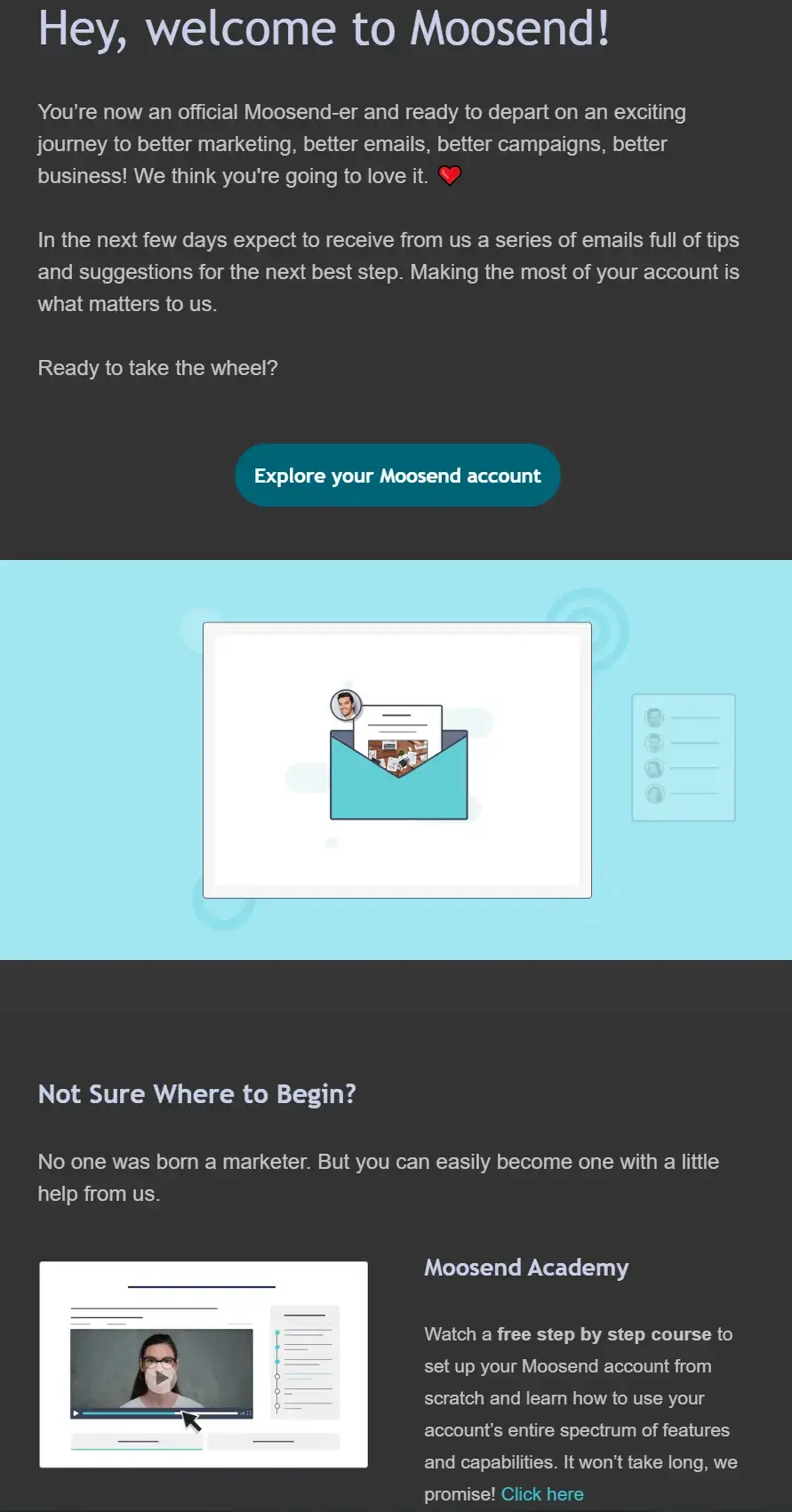
In the email Moosend uses, the recipient understands what the platform is and where to start right off the bat. As you can see, the purpose of the onboarding email series is to ensure that new users have a smooth and positive experience with your eLearning services and that they feel confident in using the platform.
So, after your warm and friendly welcome, here’s what you should do:
All of the above are parts of an onboarding email series, of course, not a single email. Guiding new users improves their experiences and their conversion down the line. You can use more than one content marketing tactic, like videos, user journeys, or even elearning statistics and benchmarks to help users understand your eLearning business’ inner workings and complete the onboarding process.
Your Announcement Emails
As the name states, an announcement email has everything to do with announcing something new. A webinar, a free course, a new series, or a new feature on your eLearning platform. An eLearning announcement email aims to generate interest and excitement around the new offering, encourage subscribers to take action, and improve engagement with your eLearning services.
So, start off with a compelling subject line. Make it attention-grabbing and clearly communicate the topic of the email. Introduce the new course, feature, or update, and explain why it’s relevant and vital for subscribers to know about.
Your body copy should be highlighting the benefits of your update. Make sure to explain how it can help subscribers improve their learning experience and provide specific details about the new offering. The course description, the features of the new eLearning platform’s capabilities, and the availability of the new course are essential.
Your email design should be responsive and easy to scan through. Users sometimes lead such busy lives, they need something quick, easy, and attention-grabbing. Make sure to have them read your content and lead them to your CTA that encourages subscribers to take action. “Sign up here”, or “Try our new course” would be great for a high-converting subject line.
Lastly, when you send an announcement email, don’t forget to follow up with your openers. Sending an announcement email is not cold outreach. You’re sending users something you thought they’d be interested in. Consider sending a follow-up email to remind subscribers about the new offering or provide additional information and resources.
Your Educational Email Newsletters
Your eLearning business subscribers should have something more than the rest. Create a dedicated email newsletter series that will be educational, fun, and useful for them.
This would be the perfect place to use custom fields and dynamic content. That way, you can create a campaign with one component that will change according to the recipient. This means that if one user is interested in a news podcast and the next one is interested in a course on archaeology, you can send one email that will sport two different types of content.
In your educational email newsletters, your eLearning brand can share PDFs, whitepapers, simple statistics, or some expert video content that serves as a sneak peek of what’s to come in the future.
Educational email newsletters with dynamic content can help your engagement and boost your efforts overall. This will better your engagement rates and will make users feel valued. And, after all, personalized content can take great advantage of the impulsive nature of purchase.
The above are the core email newsletter campaigns an eLearning business will need, to boost engagement and promote its website and eLearning services. Now, let’s see how these emails should be planned and tested, to get maximum engagement.
How Can You Deliver the Right Message?
Your eLearning email marketing campaign’s delivery is just as crucial as its content. You need to take all the measures to ensure your eLearning prospects will read what you consider to be the best email in the eLearning niche. So, when it comes to email marketing for online courses, you need to be particularly strategic.
So, let’s see the components you need to pay attention to, to get maximum results and the impressive ROI we saw at the beginning.
How Often are Your Emails?
Effective email marketing starts where the annoyance of the email blasts of the past ends. You need to ensure that you’re not too much, but you’re also not too absent at the same time. A/B test your campaigns and understand what the best time to send an email is for your specific eLearning business niche. Also, understand the inner workings of your audience and how often – or rarely – they check their emails:
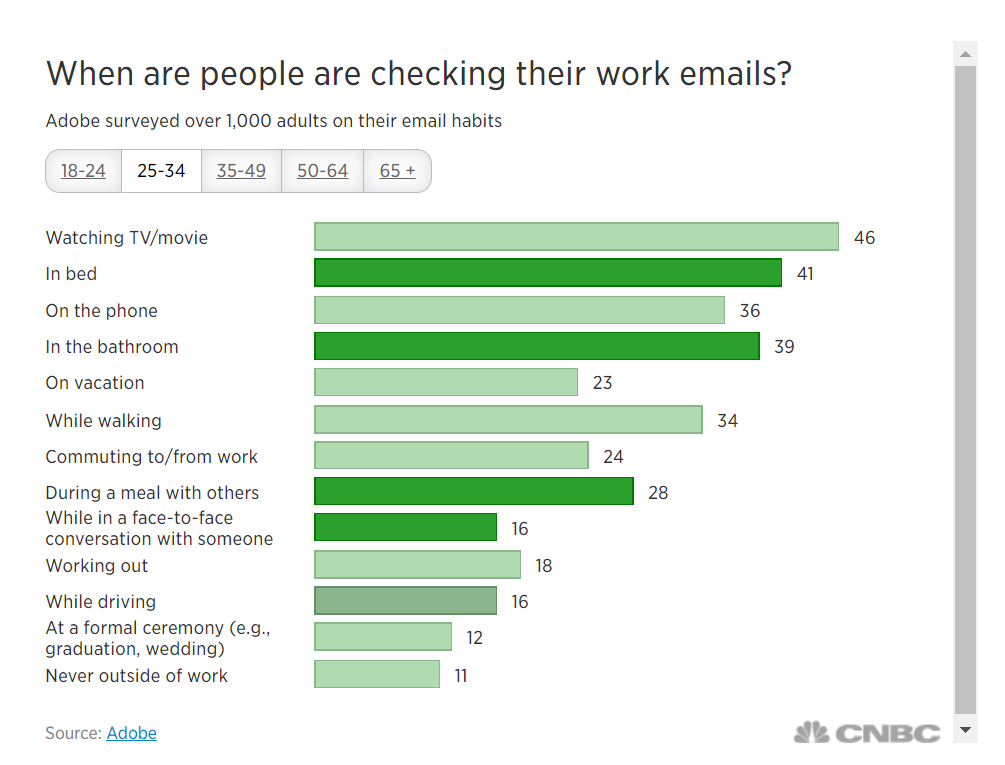
A good rule of thumb, if you cannot run an A/B testing campaign just yet, would be to send an email newsletter once each week. If your email marketing calendar is full of content, make sure to switch it up with every campaign. A newsletter this week, a special offer the next, and so on.
What Do Your Subject Line and Design Look and Feel Like?
Your email subject lines do half the work for you. Never allow your eLearning prospects to overlook your email in a full inbox. It needs to stand out, so include important information. Also, be super mindful of words, phrases, and markers that can lead your email to the spam folder.
Avoid words like “Free”, capital letters, or exclamation points. Be sure to keep your email subject line brief, educational, and course-related. Ask relatable questions, showcase the value of your course, or mention what your future student will gain if they engage with one of your online classes. Additionally, regularly monitoring DMARC reports can help ensure that your eLearning emails maintain a high deliverability rate and avoid common spam triggers.

Your email design and the way you format an email should reflect your subject line. Keep it simple, with a responsive template and information that resonate with your audience and who you are as a course creator or an eLearning establishment. Follow design trends like bold typography, but don’t be too overbearing. The star of the show is your eLearning establishment. Don’t confuse users with jargon or useless data. Just get straight to the point and lead them to your CTA with actionable verbs and images.
Keep It Short, Sweet, and Tailor-Made
Your audience could very well become disinterested and disengaged from your email marketing campaigns. Make sure to keep them engaged and attentive by creating tailor-made, digestible messages. Your emails should be short, to the point, and bite-sized.
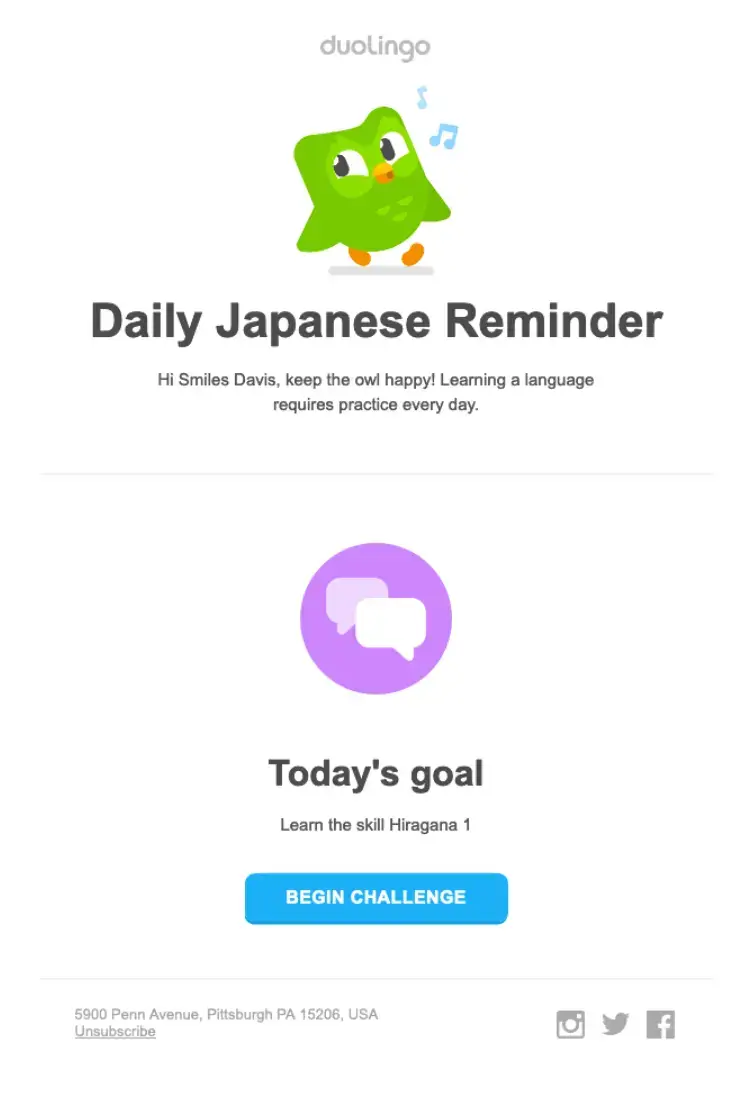
Make them scannable and relevant. Irrelevant content seems spammy in 2023, and non-personalized suggestions won’t fly under the radar. Keep it authentic and make sure your audience knows who is trying to engage with them. It will build extra authority, credibility, and trust.
Email Benchmarks for eLearning Industries and Course Creators
Closing this article, I couldn’t leave without mentioning some interesting email benchmarks for course creators and eLearning industries.
Let me preface this by saying that each niche and objective is different. Email marketing is all about creating tailor-made experiences, but benchmarks allow us marketers to understand what to put all of our efforts into.
So, here’s a list of interesting factoids about email marketing for course creators:
The Takeaway
eLearning email marketing effectively allows course creators to reach their target audience and promote their online courses.
You can engage your subscribers and drive conversion by creating compelling content, segmenting your email lists, and analyzing your campaign metrics. Just remember this: Email marketing is an ongoing process, and you should continuously experiment with different strategies to optimize your results.
With the right approach, eLearning email marketing can be a powerful tool for growing your online education business and helping learners achieve their goals.

Téa Liarokapi
Téa Liarokapi is a Senior Content Writer for Moosend, an email marketing and marketing automation platform, and an obsessive writer in general. In her free time, she tries to find new ways to stuff more books in her bookcase and content ideas - and cats - to play with.

